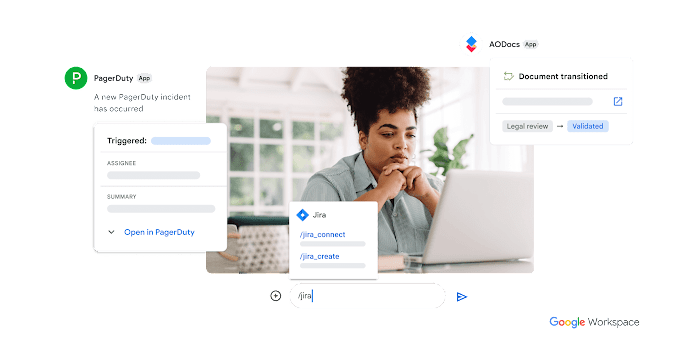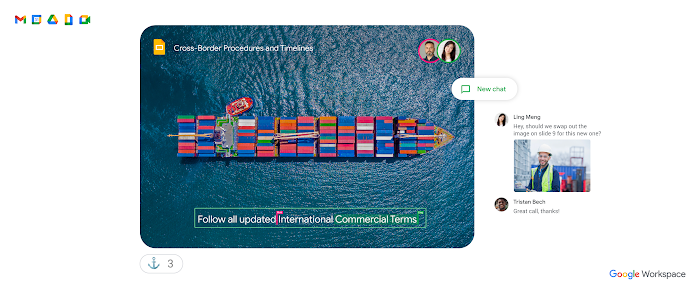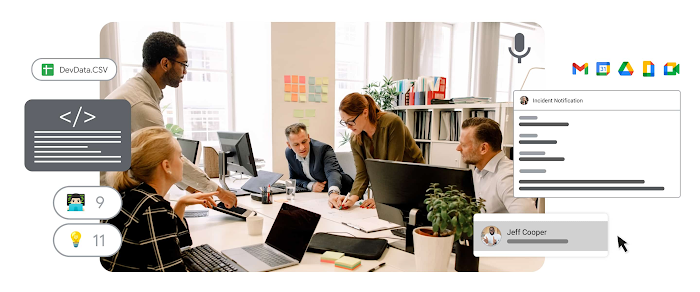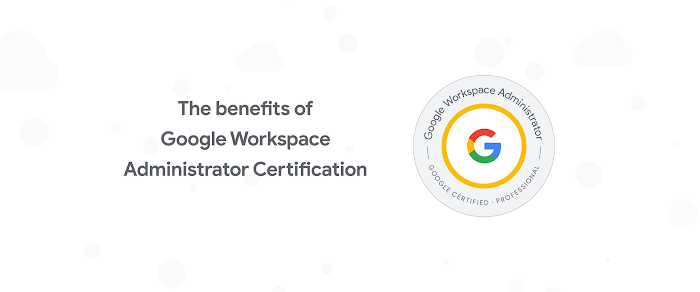Part 1: Hackathons aren’t just for programmers anymore
Jennifer Cadence
Product Marketing Manager
How no-code hackathons encourage citizen developers to innovate.
Try Google Workspace at No Cost
Get a business email, all the storage you need, video conferencing, and more.
SIGN UPCompanies and organizations all over the world hold hackathons to help their software developers sharpen skills, improve collaboration, cultivate creativity, and experiment with new ideas. But what about non-technical employees? Is coding ability a prerequisite to participating in hackathons and creating technical solutions?
Thanks to no-code application development, the answer is no. Whereas non-technical employees would have been relegated to sideline roles in hackathons a few years ago, today’s businesses are increasingly investing in platforms that let anyone build apps and technology optimizations without writing any code. Hackathons needn’t apply only to software developers, and with no-code tools, “non-technical” employees can transform into “citizen developers” who are empowered to use technology to build creative solutions.
From apps that manage inventory and logistics to apps for collecting data in the field to process optimizations that automate time-consuming steps, scores of solutions are needed but never built because traditional developers have finite resources and time--but no-code and citizen developers can change all of that by democratizing the tools of innovation.
AppSheet, Google Cloud’s no-code application development platform, was built for this democratization, and we’ve observed across many of our customers that hackathons are an excellent way to kickstart citizen development programs and inspire the workforce.
For example, Globe Telecom, a leading mobile network provider in the Philippines, anticipated 30 or so teams for its first no-code hackathon--but employees were so enthusiastic, over 100 teams applied to participate. The winning app helps optimize workflows for discovering illegal signal booster activity, which can be a threat to the integrity of Globe’s services, and other finalists included inventory management apps for the company’s retail outlets, development planning and evaluation apps to help employees collaborate on goals in real-time, and even a vehicle maintenance app that includes gas price reporting. These kinds of projects don’t replace traditional IT, but they provide a pathway for apps that IT never would have time to build and pick some of the low-hanging fruit in the IT backlog. As a result, just as no-code can empower citizen developers to build solutions, it can also free up traditional developers to work on more sophisticated or strategic initiatives.
To help your business enjoy these benefits, today we’re kicking off a two-part series to help your organization run a successful no-code hackathon. In this article, we’ll explore some of the benefits you can expect from your hackathon as well as the goals you should keep in mind, and in our next article, we’ll dive into a framework to help you pull off the big event.
How no-code hackathons drive value
Though no-code hackathons can produce fantastic apps, the goal is not per se producing an astonishingly innovative app out of the gate so much as creating the culture in which citizen development can thrive in partnership with classical IT over the long run.
Hackathons promote no-code app development. One of the foremost goals is of course defining what citizen development is and creating space for employees to experiment with solutions. Often, non-technical employees are uniquely positioned to assist with solving common problems simply because they are the ones that encounter these issues each and every day. Imagine a developer trying to assess an operation lead’s request for an application that handles equipment assessment tracking and requires a multi-step approval process for 20 employees on a manufacturing floor. Because the people working on the manufacturing floor are likely the only ones intimately familiar with this task and its pain points, it could take a traditional developer countless cycles to achieve the desired result—and that’s if the manufacturing team can make a successful case to have the request added to the IT backlog in the first place. But with a no-code platform, the people working on the manufacturing floor can actually build the app themselves. Citizen developers are powerful because they are often the subject matter experts who can describe the need and the process--and to unleash that power, they simply require a platform and program to help them execute.
Hackathons drive platform adoption. By communicating the potential of citizen development, hackathon organizers set the stage for the next goal: actually getting employees to adopt the no-code platform. By introducing a no-code platform during a time-boxed event with a goal in mind, hackathons provide a structured balance between experimentation and urgency, and they generate scalable best practices and insights that can be leveraged for future no-code projects. We’ve found that these efforts, and the “learn by doing” culture they promote, increase the likelihood that hackathon participants will continue to use the platform, and that platform adoption will spread to other parts of the workforce. When the person closest to the problem is empowered to do so, an organization can remain future-focused, rather than scrambling to address deficits or petition for limited IT resources.
Hackathons foster collaboration between IT and business users. As mentioned, citizen development is not meant to replace IT so much as to give line-of-business workers more tools to innovate, remove smaller projects from the IT backlog, provide pathways for apps that otherwise might never have been built, and free up developers to focus on high-value strategic initiatives. Additionally, citizen development should not happen behind IT’s back. For example, a strong no-code platform lets employees experiment and build through self-service tools while still giving administrators governance guardrails and visibility into and control over how the databases and APIs behind the no-code platform are being accessed. All of this means that IT and citizen developers are not adversarial, “us versus them” communities but rather symbiotic forces. Hackathons can help establish this relationship from the start, both defining best practices for collaboration between business and IT teams and aligning everyone around the shared benefits of the no-code program.
Executing on the promise of no-code hackathons
Now that you’re acquainted with the benefits and goals of a no-code hackathon, you’re probably wondering, “how do I execute all of this within my specific organization?” We’ll address that question in our next installment--but until then, check out this article to see more of the things people are building, without coding, in AppSheet.



